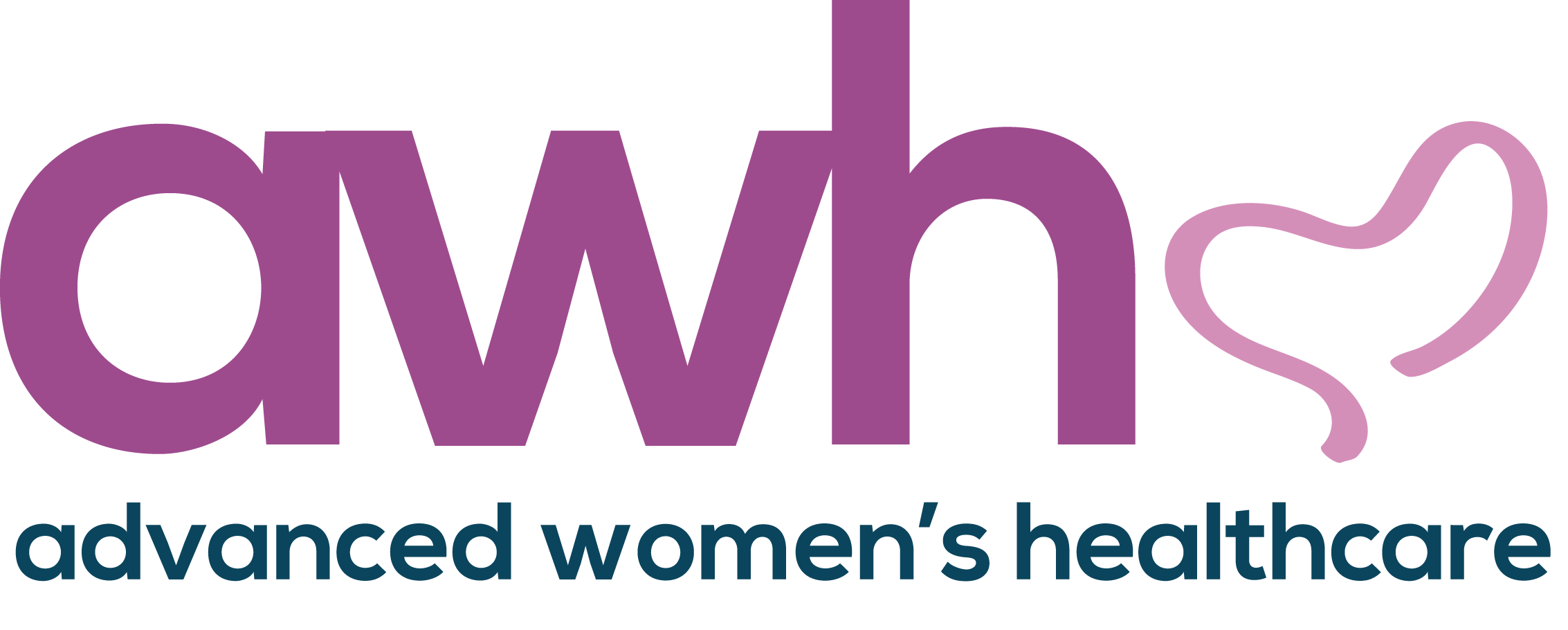We offer some tips for dealing with cramps, whether they’re caused by your period or other situations.
Some women’s periods are more painful than others. You might be the only woman in your family who suffers from severe cramps.
Sometimes period pain doesn’t show up until your 20s. No matter your situation, we can help you understand why you get painful cramps every month.
While PMS is commonly the culprit, there are a number of other conditions and situations that could also explain painful period cramps.
Causes of Period Cramps
- PMDD – Premenstrual dysphoric disorder is a more severe form of PMS that affects about five percent of menstruating women. While doctors don’t know what precisely causes PMDD, studies show that women with high levels of stress, depression, or a family history of depression are more susceptible to it.
- Fibroids – Uterine fibroids are benign growths that develop in the uterine lining. Usually appearing during childbearing years, they can be incredibly small or large enough to change the shape of your uterus. They often shrink or go away completely after menopause. Since fibroids grow in the uterine lining they can cause heavy periods and painful menstrual cramps.
- Ovarian cysts – Ovarian cysts typically develop in the ovaries during ovulation. Many women develop at least one small cyst every month that naturally fades. However, some women can suffer from multiple or large ovarian cysts that can cause complications or pain. Medical treatment might be needed.
- Pelvic inflammatory disease – PID occurs when the uterus and ovaries become infected. Typically the infection starts when bacteria from a sexually transmitted infection makes its way to the reproductive organs. While many women experience no symptoms of PID, it can cause painful cramps for others.
- Endometriosis – The endometrium is the uterine lining that grows within the uterus. Endometriosis is a condition in which the uterine lining grows outside the uterus usually in other parts of your reproductive organs like the ovaries or fallopian tubes. When your body tries to shed uterine tissue during your period, the endometrium growing outside the uterus has nowhere to go. This can cause painful cramps. Luckily, most cases of endometriosis can be managed well with medication and procedures.
No matter its severity and cause, dealing with the painful cramps of your period every month can be as frustrating as it is painful. Fortunately, there are several ways to get relief.
Over the Counter Medications for Period Cramps
Nonsteroidal anti-inflammatory drugs (NSAIDs) are the best over-the-counter (OTC) form of pain relief recommended for menstrual pain and heavy menstrual bleeding. NSAIDs include ibuprofen (Advil) and naproxen (Aleve).
Applying Heat for Period Cramps
Applying heat to your abdomen and lower back may relieve pain. A 2012 study focused on 147 women 18 to 30 years old who had regular menstrual cycles found that a heat patch at 104°F (40°C) was as effective as ibuprofen.
Essential Oils for Period Cramps
Massage therapy for about 20 minutes can help reduce menstrual pain. One 2010 study looked at 23 women with period pain caused by endometriosis. The researchers found that massages significantly reduced pain immediately and afterward. Massage therapy for menstruation involves pressing specific points while the therapist’s hands move around your abdomen, side, and back.
Avoiding Certain Foods During Menstruation
During menstruation, it’s a good idea to avoid foods that cause bloating and water retention. Some of the biggest culprits include:
- fatty foods
- alcohol
- carbonated beverages
- caffeine
- salty foods
Reducing or cutting out these foods can help alleviate cramps and decrease tension. Instead, try soothing (caffeine-free) ginger or mint teas or hot water flavored with lemon. If you need a sugar fix, snack on fruits such as strawberries or raspberries.
If your period is causing you more discomfort or pain than normal, or if you have any questions or concerns about your cycle, contact us today! We’re here for you.





